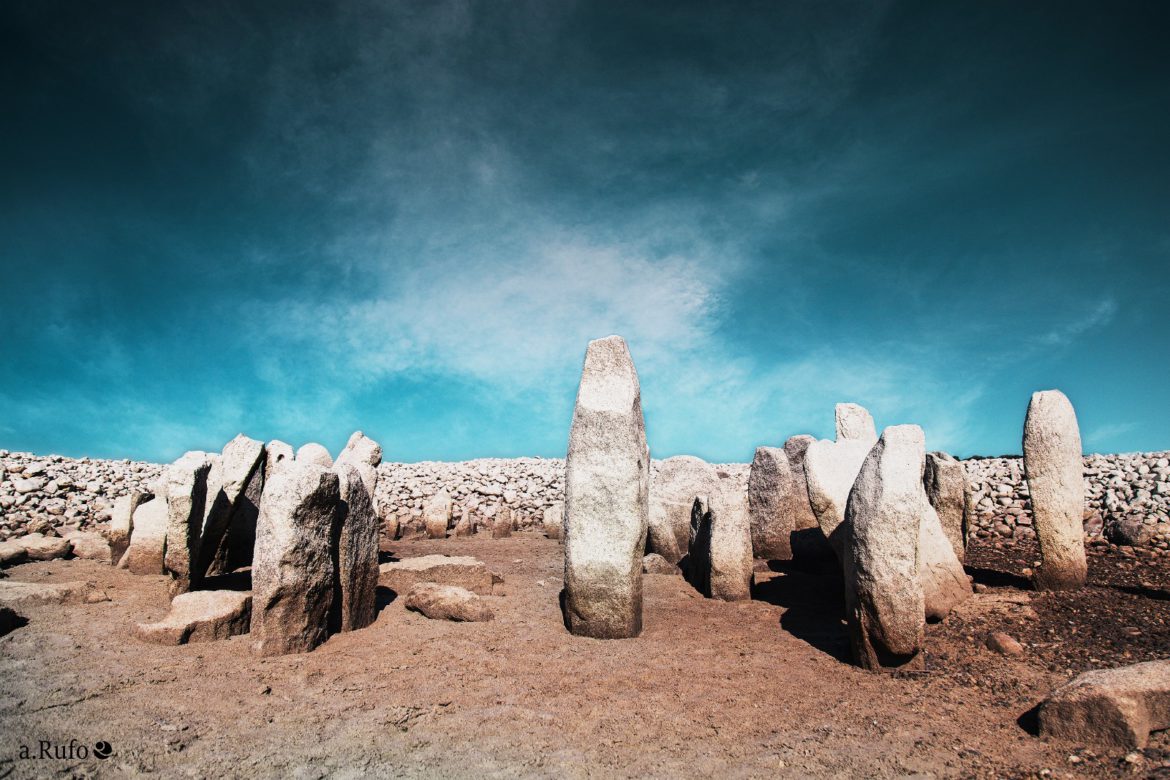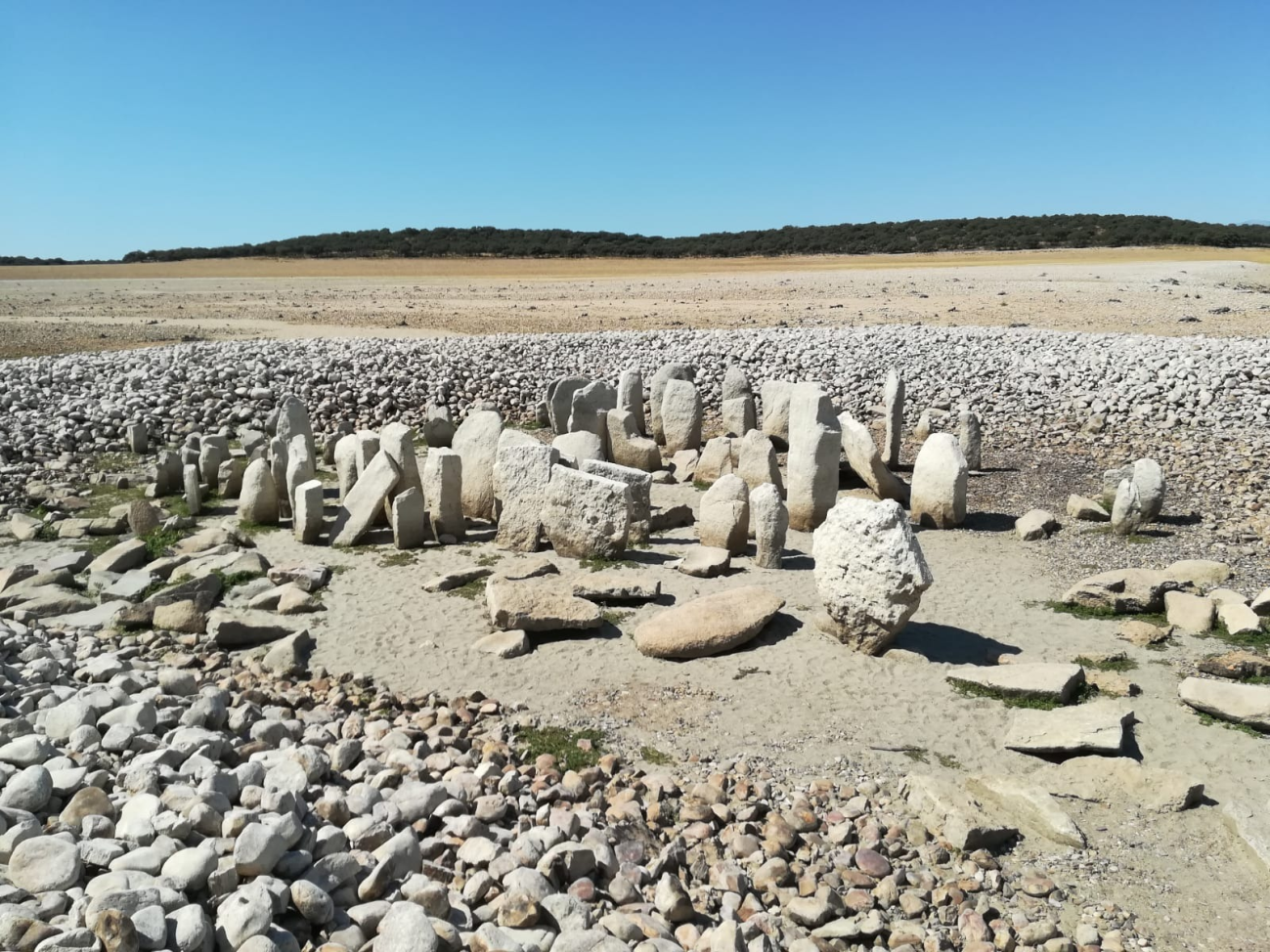

It is also about 2,000 years older than Stonehenge.Īrchaeologists would like to see the stones permanently moved to a dry location nearby because it could again be swallowed up by the lake in the near future. How does this site compare to Stonehenge? The Dolmen was once entirely enclosed space, unlike Stonehenge. We now know that dolmens as tombs or ritual sites were built in many places including sites from Ireland to India to the Korean Peninsula. Some of the city ruins were relocated to a nearby hilltop, but the dolmen was lost, only to be glimpsed as water levels fluctuated and the tops of the tallest stones were temporarily visible. The megalithic monuments and most of the remains of a Roman city called Augustóbriga were covered with water. The site was drowned with one of Francisco Franco’s civil engineering projects that were a dam and reservoir that flooded the Dolmen of Guadalperal in 1963. If that was its purpose, it could represent one of the oldest maps ever found. But another theory is that the line represents the course of the Tagus River. Another face has a long squiggly line that was first believed to represent a snake. One large stone at this dolmen is the menhir that marked the entrance which has a human figure engraved on its front. It is thought that it could have been a solar temple, as well as a burial enclave.

The archaeologists believe that this dolmen was on the banks of the Tagus River in the fifth millennium BC and was a completely enclosed space resembling a large tomb or stone house with a massive capstone on top. The Dolmen de Guadalperal was excavated and studied in the 1920s, but then it “drowned” in the 1960s, and has dried up again this year. The stones here are up to six feet tall and are arranged in an oval with the main room of about 16 feet. A dolmen is normally a megalithic tomb with large flat stones laid on upright ones, and are found chiefly in Britain and France. The Dolmen of Guadalperal is what remains of a 7,000-year-old megalithic monument consisting of 150 granite stones (orthostats). The Valdecañas Reservoir in the province of Cáceres has dropped so low that stones that have been revealed earlier are now fully exposed. No one wants plant cover to disappear, or lakes and reservoirs to run dry. I’ll leave the question of climate change to others, but the drought is also revealing things that were earlier underwater. The already hot and dry region of Extremadura in Spain is into a mega-drought that is terrible for farmers. The summer of 2019 has been a hot and dry one across Europe. JOANNE WOODWARDin THE FUGITIVE KIND (1960).

The Poet & Writer Evening News is out! paper.li/poetsonline?sh… Stories via lampmagician POETSorg #poetry #poemaday| | 2 days ago The Poet & Writer Evening News is out! paper.li/poetsonline?sh… Stories via melvillehouse LolzHeart ae_stallings #poetry #poemaday| | 1 day ago “Sometimes nothing is so solid to me as writing - I suppose that’s what a vocation means - at times a torment, a ba… /i/web/status/1…| | 8 hours ago The Poet & Writer Evening News is out! paper.li/poetsonline?sh… Stories via Ginsbergpoem BostonReview KathaPollitt #poetry #poemaday| | 7 hours ago The Many Moons of Fe… on February: Month of the Pe… Staying In Bed… on Lying in Bed, Just Like Brian… Aliranguesl on This Thing We Call Happin…


 0 kommentar(er)
0 kommentar(er)
